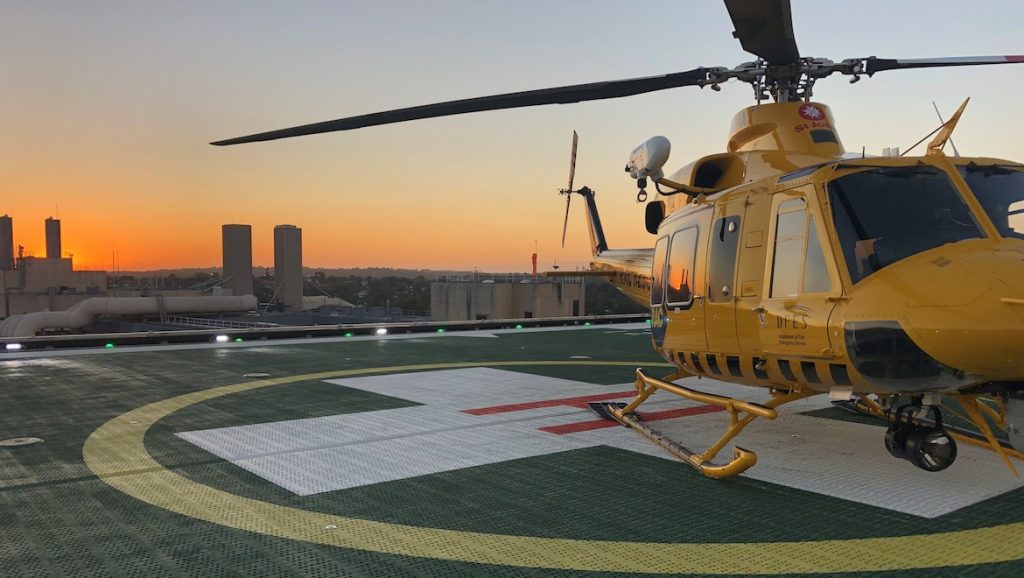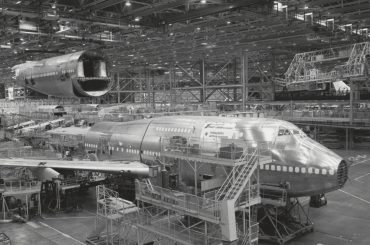
An Australian tech company has developed a new early warning system that can detect aircraft approaching to land on the wrong runway or helipad from up to 500km away.
SkyNet Aviation’s LASAW product uses AI to monitor up to 500 aircraft at 1-second intervals and crucially works on rigs and vessels.
Previously, those working on offshore platforms were reduced to spotting approaching aircraft with the naked eye or using satellite tracking that updates only every 15 seconds.
The business’ founder, Jon Davis, said, “During the development of this product, we spoke to pilots, landing site operators and safety organisations around the world, all of whom had personal or anecdotal evidence of just how often pilots, for many different reasons, can approach the wrong landing site.
“It’s not as unusual as you might imagine.”
The phenomenon of aircraft attempting to land on the wrong runway – technically known as wrong surface or deck landings – has been highlighted by regulators such as the FAA and IATA.
The LASAW technology works 24 hours a day and can operate on cluster helipads as well as remote and unmanned airports.
After detecting a potential incident, it triggers an alarm such as sirens or strobe lights to clear the landing zone of personnel or wildlife.
The product does this by using AI and algorithms in conjunction with position updates broadcast from aircraft up to twice per second to determine if a potential landing conflict could occur.
The system has already been trialled at Devonport Airport, owned by the Tasmanian state government Ports Corporation.
“LASAW will have a major impact on the prevention of this very significant safety issue which is widely recognised –particularly by pilots who operate around platforms in the oil and gas fields, FPSOs and in remote areas – but is not well documented,” said Davis.
“WSL can also be a problem at any airport and I’m glad to see that for 2021, some key safety organisations are at last recognising the potential dangers.
“Until LASAW, there has been no dedicated technology solution available to manage this potential danger.”











